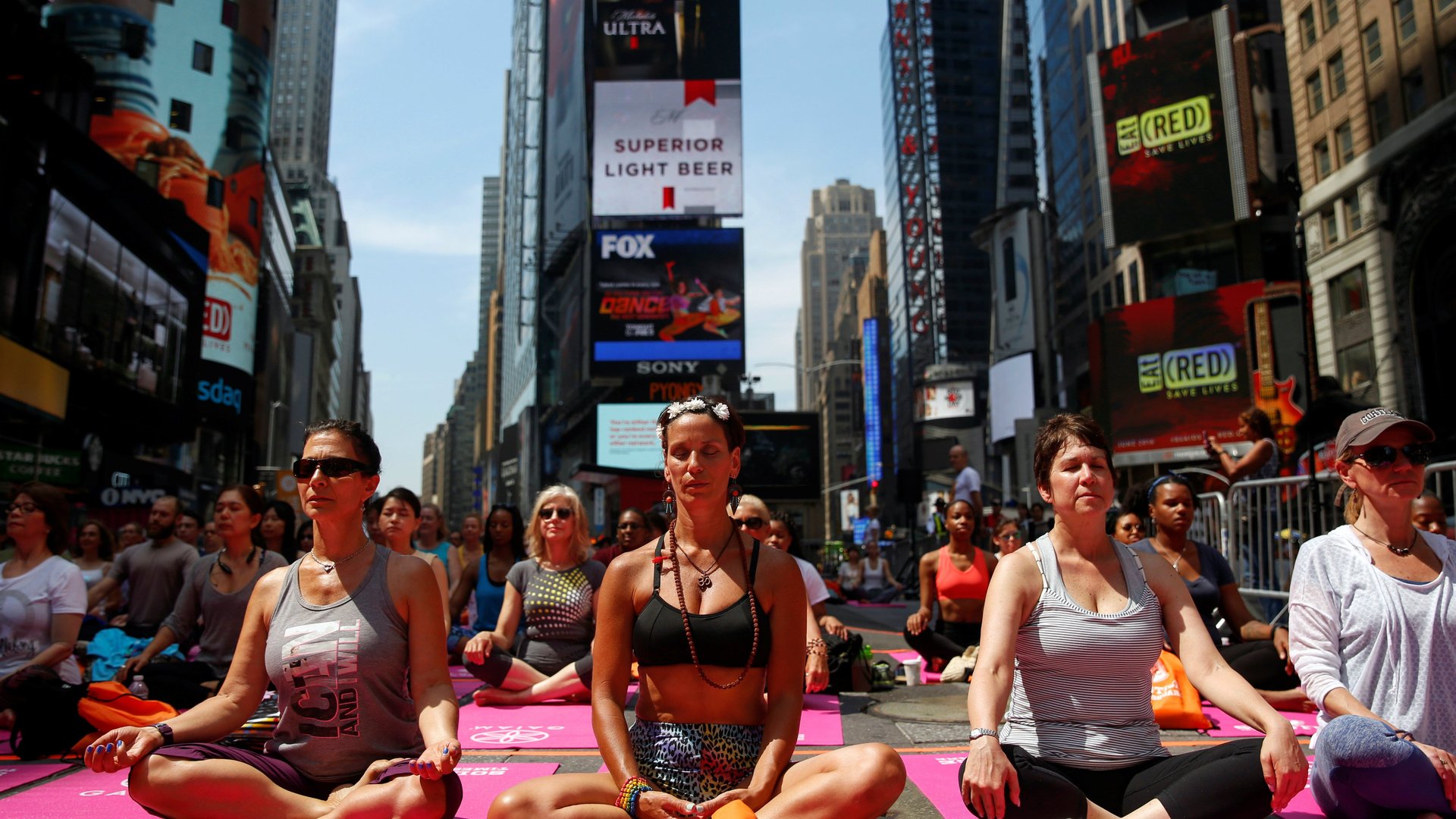The new, nearly invisible class markers that separate the American elite from everyone else
Being wealthy has become so passé that rich people are increasingly choosing not to display that wealth—that’s the theory behind a new book exploring the changing consumption habits of rich people in the West.


Being wealthy has become so passé that rich people are increasingly choosing not to display that wealth—that’s the theory behind a new book exploring the changing consumption habits of rich people in the West.
In 1899, the American economist and sociologist Thorstein Veblen published the classic polemic The Theory of the Leisure Class. Veblen’s book was among the first to examine how the wealthy used purchasing decisions to demonstrate their class. To describe this behavior, Veblen coined the term “conspicuous consumption”—defined as spending on publicly observable goods like clothing and accessories. Veblen argued, as an example, that the main point (pdf) of wearing high-heel shoes or a top hat for the rich was to demonstrate that you could not possibly do any manual labor. The book became well-known as an early criticism of the excesses of capitalism.
Almost 120 years later, sociologist Elizabeth Currid-Halkett has taken the baton from Veblen—but with a modified target. In her new book, The Sum of Small Things: A Theory of the Aspirational Class, Currid-Halkett takes aim at “Aspirationals”—the group that she sees as the new elite. They’re best characterized on the book’s webpage as:
Highly educated and defined by cultural capital rather than income bracket, these individuals earnestly buy organic, carry NPR tote bags, and breast-feed their babies. They care about discreet, inconspicuous consumption—like eating free-range chicken and heirloom tomatoes, wearing organic cotton shirts and TOMS shoes, and listening to the Serial podcast. They use their purchasing power to hire nannies and housekeepers, to cultivate their children’s growth, and to practice yoga and Pilates.
Currid-Halkett’s biting, often humorous commentary is not just a send up of the so-called “coastal elites.” It’s a trenchant analysis that combines economic and sociological evidence to describe major trends. The book focuses primarily on US data, which she believes could be applied elsewhere in the developed world.
Her argument is based on two trends:
1. Conspicuous consumption is decreasing among the rich now that everybody can do it.
Over the past 100 years, improvements in technology and globalization have made consumer goods increasingly accessible to the average American. Currid-Halkett says this led to the “democratization of conspicuous consumption,” which has made consumer products a less appealing way for the wealthy to show their class. Rather, acts of conspicuous consumption are now focused on limited edition versions of goods that are difficult to imitate, like $20,000 Birkin bags and rare vintage wines.
Currid-Halkett demonstrates this recent decline of conspicuous consumption among wealthy Americans through an original analysis of US household consumption data. She shows that while conspicuous consumption as a share of all household spending increased for low income households from 1996 to 2014, its share has actually declined for the wealthiest.
2. Inconspicuous consumption is the new conspicuous consumption
Unlike the aristocracy of Veblen’s time, Currid-Halkett notes that most of the wealthy today actually have to work for their riches. “Other than the odd trust fund playboy or oligarch’s debutante, the leisure class no longer exists,” she writes. In fact, today, in a reversal from the 1970s, the highest earning 20% of workers work more hours than those in the bottom 20%.
The fact that the aspirational class works, and that most of their income is based on the skills they have gained from high levels of education has made ”social, environmental, and cultural awareness” the most valuable sources of social capital, Currid-Halkett argues.
So instead of spending money on consumer products, Currid-Halkett finds that the rich increasingly focus their spending on “nonvisible, highly expensive goods and services” that allow them to have time to gain that social capital and foster it in their children. Such goods and services include child care, gardeners, and, most importantly, education. She refers to this type of spending as “inconspicuous consumption.”
The second half of Currid-Halkett’s book is devoted to arguing that a person may be part of the elite “aspirational class,” even without a high income. “[T]hose with creative writing degrees from Yale, screenwriters who have yet to sell a screenplay, musicians and Teach for America… are also members of this new cultural and social formation,” she writes. Though she offers a large number of provocative anecdotes defending this assertion, her empirical evidence that this is a new trend is comparatively weak.
Still, Currid-Halkett’s book is an important glimpse into the decisions driving how today’s rich spend their money. And while it may be funny to joke about their yoga pants and affinity for kale, the rise of the “aspirational class” may have very real consequences. Perhaps most disturbing is Currid-Halkett’s conclusion that these consumption trends may exacerbate inequality. Increased spending by wealthy parents on education and health for their children, for example, may deepen class divides and limit opportunities for poorer kids.